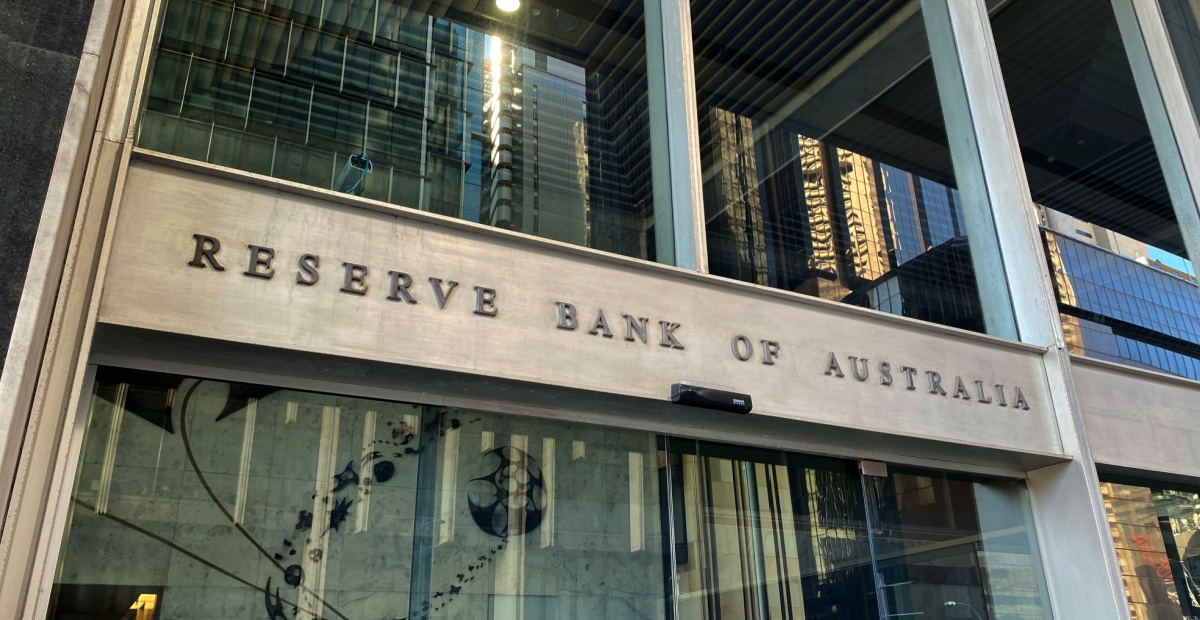RBA delivers expected cut after last month’s shock hold

The Reserve Bank of Australia (RBA) has delivered the largely anticipated 25-basis-point reduction in the official cash rate just one month later than expected, after shocking the market with a hold at its previous policy meeting.
The rate cut would bring down the official cash rate to 3.60 per cent, its lowest point in over 15 months.
RBA Governor, Michele Bullock, said further evidence of moderating inflation provided by the results from the June quarter was the key piece of information the board required to lower the interest rate.
“Inflation has fallen substantially since the peak in 2022, as higher interest rates have been working to bring aggregate demand and potential supply closer towards balance,” the statement said.
“In the June quarter, trimmed mean inflation over the year fell to 2.7 per cent, broadly as expected in May. Headline inflation, which has partly been affected by temporary cost of living relief measures, was 2.1 per cent, also as forecast.
“Updated staff forecasts for the August meeting suggest that underlying inflation will continue to moderate to around the midpoint of the 2–3 per cent range, with the cash rate assumed to follow a gradual easing path.”
The statement also confirmed that the board’s decision to cut the official rate by 0.25 per cent was unanimous, following on from last month’s split vote with six in favour of a rate hold and three in favour of a rate cut.
The board cited persistent uncertainty, despite some pockets of clarity regarding global trade policy and the impact of US tariffs growing over the last several weeks.
“Uncertainty in the world economy remains elevated. There is a little more clarity on the scope and scale of US tariffs and policy responses in other countries, suggesting that more extreme outcomes are likely to be avoided.
“Trade policy developments are nevertheless still expected to have an adverse effect on global economic activity, and there remains a risk that households and firms delay expenditure pending still greater clarity on the outlook. As in May, the forecasts assume that both effects weigh on activity and inflation in Australia for a period.
“Domestically, private demand appears to have been recovering gradually, real household incomes have picked up and some measures of financial conditions have eased.
“Various indicators suggest that labour market conditions remain a little tight, although have eased further in recent months. The unemployment rate rose to 4.3 per cent in the month of June and averaged 4.2 per cent in the June quarter as a whole, in line with the May forecasts.
“Measures of labour underutilisation nevertheless remain at low rates and business surveys and liaison suggest that availability of labour is still a constraint for a range of employers. Looking through quarterly volatility, wages growth has eased from its peak but productivity growth has not picked up and growth in unit labour costs remains high.”
The statement also indicated that the board is continuing to track the uptick in local economic activity, given the recent data from the labour market and the delayed impact of monetary policy on discretionary spending.
“The forecasts released today are for the recovery in household consumption growth to be sustained as real incomes rise. Businesses in some sectors, however, continue to report that weakness in demand is making it difficult to pass on cost increases to final prices.
“There is a risk that consumption growth is a little slower than expected, which could weigh on growth in aggregate demand and lead to weaker labour market conditions. Alternatively, as real incomes and wealth continue to rise, households might choose to consume more and save less than expected.
“Labour market outcomes may also prove stronger than expected, given the signal from a range of leading indicators.
“There are also uncertainties regarding the lags in the effect of recent monetary policy easing and how firms’ pricing decisions and wages will respond to the balance between aggregate demand and potential supply for goods and services, conditions in the labour market and continued weak productivity outcomes.”
This policy decision brings the third rate cut of the year to the market, totalling 75 basis points.
“With underlying inflation continuing to decline back towards the midpoint of the 2–3 per cent range and labour market conditions easing slightly, as expected, the Board judged that a further easing of monetary policy was appropriate.
“The Board nevertheless remains cautious about the outlook, particularly given the heightened level of uncertainty about both aggregate demand and potential supply. It noted that monetary policy is well placed to respond decisively to international developments if they were to have material implications for activity and inflation in Australia.”











CFS should be focused on fixing Edge. Not distractions like this.
In my opinion: Another attempt by 'friends of the party' to muddy the work of professional advisers. Trustee should not…
Industry Fund Super Fund Trustees along with the corrupt Treasury are again trying to carve themselves out from competition, and…
Will end up making it impossible for licensed advisers to provide advice with them being replaced by the Union influenced…
Collective charging = Commissions Treasury corruptly trying to find ways to justify HIDDEN COMMISSIONS charged to every super fund member.…